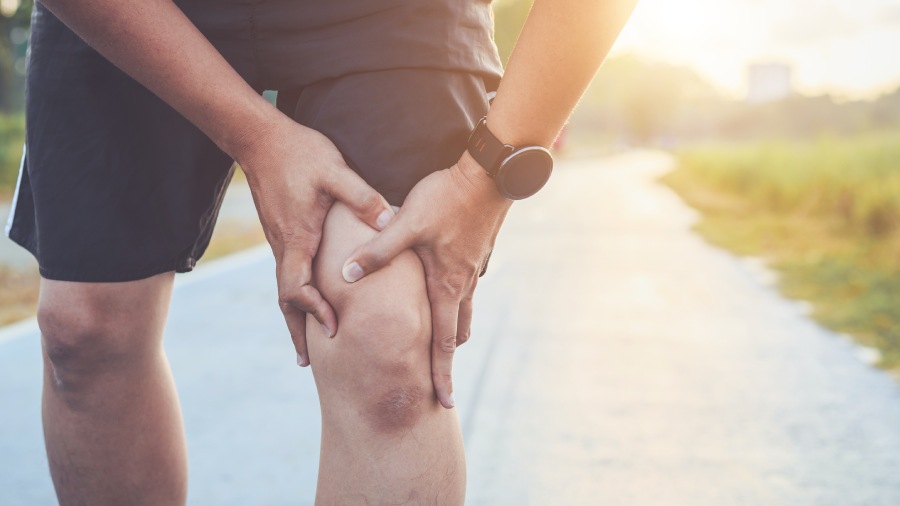The human body is composed of bones of various shapes and sizes, connected by articulating joints and held together by ligaments and muscles. Trauma, injury, infection, wear and tear as well as autoimmune disease can cause joint pain. The pain may shift from one joint to another or discomfort be present continuously as a throbbing, sleep-depriving entity. Daily activities may become difficult.
By middle age, the wear and tear of the cushioning cartilage at the ends of bones results in osteoarthritis. The hands, hips and knees are commonly affected. It usually starts with stiffness and pain, which is worse in the mornings. The joint may be swollen and tender to touch. There may be a loss of flexibility and crackling sounds on moving the joint.
Rheumatoid arthritis affects younger people (more women than men) and is symmetrical, with swollen, tender joints on both sides of the body. It is an autoimmune disease where the body attacks its own tissues. This produces periods of pain and then inexplicable remission. In 40 per cent of patients, other organs such as the eyes, lungs, kidneys, heart and blood vessels can also be affected.
Needle sharp crystals of uric acid can get deposited in the joint spaces, especially in the big toe, knee, ankle, foot, hand, wrist and elbow. It causes gout with severe pain, swelling and redness. Middle-aged men are more likely to develop gout. Obesity, heart failure, a family history of gout, hypertension, diabetes, renal disease and alcoholism are risk factors. Pseudogout mimics gout, but the uric acid levels are normal. It is due to the deposition of calcium pyrophosphate crystals. Unlike gout, which commonly affects the big toe, in pseudogout the knees are affected. It is likely to run in families and is associated with a mineral imbalance between calcium, phosphorous and magnesium. It can be precipitated by injury and is associated with thyroid disease.
Sudden joint pain can be treated with first aid measures. Remember PRICE.
• Protect the joint with a brace or wrap
• Rest the joint
• Ice the joint for about 15 minutes, several times each day
• Compress the joint using an elastic wrap
• Elevate the joint.
External applications of capsaicin or methyl salicylate-containing ointment twice or thrice a day help. Initially, there may be a burning sensation with the ointment, but the application of ice will relieve this.
Pain relief medications can also be taken. Paracetamol is effective and safe. NSAIDs (non- steroidal anti-inflammatory drugs) like ibuprofen, naproxen or those from the coxib group may be tried. Muscle relaxants also help.
If there is no relief after three days, a physician should be consulted. Weight loss, control of diabetes and correction of uric acid levels can help. Physiotherapy can help with pain relief and strengthening of muscles.
If the pain persists, arthroscopy can repair damaged cartilage and remove loose bits of bone. Aspiration of the fluid from the joint can relieve the swelling. This can be followed by an injection of steroids or hyaluronan into the joint. If nothing works, joint replacement may be needed.
Consult a doctor immediately if the pain suddenly gets unbearably intense, the joint appears deformed or the joint cannot be used.











